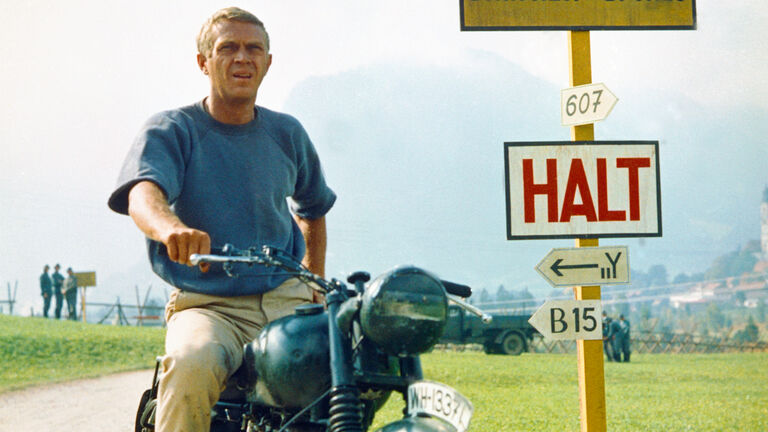40 Details About The Great Escape That Separate Fact From Fiction
The Great Escape isn’t just a wartime film. It’s “something eternal, a movie that has gone far, far beyond the bounds of its time,” according to Criterion writer Sheila O’Malley. Generations watch, re-watch and watch it again, with anyone and everyone finding something to love. So here are 40 facts about an undisputed classic, including the numerous actors who’d previously found themselves caught up in real war, and the behind-the-scenes tensions between Richard Attenborough and Steve McQueen.
40. The film is based on a real escape
The Great Escape, a non-fiction account of the 1944 jailbreak from German POW camp Stalag Luft III, was first published in 1950. Author Paul Brickhill was an actual prisoner in the camp, and he helped with the escape plans. Unfortunately, though, he didn’t take part in the final escape because he was too claustrophobic to go through the underground tunnels that led to freedom.
39. Some real escape secrets stayed secret
Many aspects of the escape plan in the movie were depicted accurately. The real prisoners did use the chocolate, cigarettes, and coffee they received in their Red Cross packages to bribe the German guards, for instance. But other elements had to remain classified. This included that the prisoners had dug a fourth tunnel, nicknamed “George.”
38. Charles Bronson's life experience was perfect for the Tunnel King
Casting Charles Bronson as a Polish POW with expertise in tunnel-digging, but also a crippling case of claustrophobia, was a masterstroke. Why? Well, because Bronson worked as a coal miner in his native Pennsylvania before becoming an actor, and he actually did suffer from claustrophobia. He was therefore able to give director John Sturges advice on how a tunneller would do his job.
37. Not many prisoners made it out alive
The movie stayed true to reality in that of the 76 prisoners who escaped the camp, only three actually made it to Allied territory. The other 73 were recaptured by the Germans, and 50 of them were shot to death by the Gestapo. The movie does show this, although they weren’t really machine-gunned as a group – they were shot either in pairs or on their own. A sad end.
